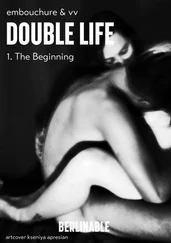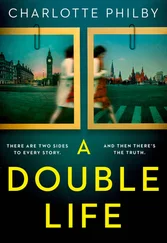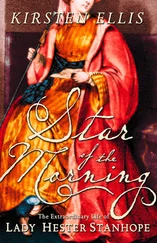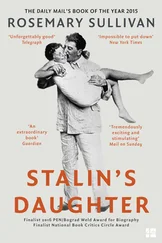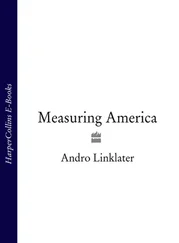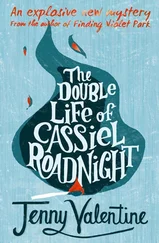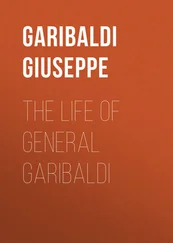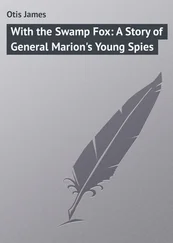On October 23, Wilkinson sent a cryptic message to the senior officer in New Orleans, Lieutenant Colonel Thomas Freeman, telling him of a “threat too highly confidential to be whispered,” but which required the city’s ineffective defenses to be put in order immediately. On the same day, the general and Cushing set out on a forced march with a company of soldiers to the Sabine River, sixty miles away. Once there, Wilkinson dispatched a trusted officer, Captain Walter Burling, to contact Governor Cordero in Nacogdoches, proposing that each army withdrew from the disputed area, “without yielding a Pretension, ceding a right, or interferring with the discussion which belongs to our superiors.” In practice, this would entail the Spanish remaining behind the Sabine River, while the Americans retreated east of the Arroyo Hondo, the deep stream that Spain claimed as its frontier. The result would create a buffer territory, about fifty miles wide east to west, and stretching north from the Gulf of Mexico to the thirty-first parallel, the line specified by the Treaty of San Lorenzo as the border between the two nations.
Cordero, sensing the weakness behind the proposal, wanted to reject it, but Colonel Herrera had his orders from Salcedo and quickly accepted. On November 6, an agreement was signed by both sides, creating the Neutral Ground, which would for almost twenty years serve as a buffer dividing the two powers in the west. Devoid of government, it gradually became peopled by citizens of every country— the very embodiment of the border society—and its eventual collapse into lawlessness exemplified the built-in weakness of such communities.
With the border problem temporarily solved, the general immediately rode hard back to Natchitoches, covering the sixty miles in a day, and leaving Cushing to bring back the troops. At Natchitoches, he found a copy of the original Burr letter, delivered in his absence by another courier, Erick Bollman. Also waiting for him was a mysterious message sent by James Lowry Donaldson, one of Louisiana’s land commissioners, “that a plan to revolutionise the western country has been formed, matured, and is ready to explode— that Kentucky, Ohio, Tennessee, Orleans, and Indiana, are combined, to declare themselves independent on the 15th November.”
The mystery lay less in the message than in its alleged effect on Wilkinson It was “decisive on my conduct,” he declared in his Memoirs , as though even then he had half hoped not to have to commit himself. “I had not formed a decided opinion, of the nature and objects of Burr’s enterprise before the receipt of Mr Donaldson’s letter. I then first perceived [the enterprise] was wholly unauthorised by the government—highly criminal in the design,— most alarming in its extent; and I had no longer any difficulty as to the course of conduct, my duty and the interests of the nation required me to pursue.”
Donaldson’s letter, however, said nothing of the kind. It stressed Donaldson’s belief that the story was so like “a second Spanish Conspiracy” it could only be a trick—“a stratagem set on foot by the patrons of the Western World .” But it carried a different meaning for Wilkinson. The letter demonstrated the changed emphasis of Burr’s conspiracy— New Orleans was to be seized, not as a jumping- off point for Mexico, but to bring about the secession of the western states. It was indeed a second Spanish Conspiracy, and as the creator of the first one, Wilkinson would be inescapably tied into it. No matter what he and the army did on the frontier, he would be seen as participating in an attempt to separate the western states from the Union.
Even to Thomas Jefferson, desperate though he was to believe the best of his general, the diversion of troops looked deliberate. Writing to warn Claiborne in December of Burr’s coming attack, he explained, “Genrl. Wilkenson [ sic ] is believed to be kept at bay on the west side of the Misisipi [ sic ] by a Spanish force under advice from Yrujo who has been duped by Burr to believe he means only the capture of N Orleans and the separation of the western country.” The president was ready to see Wilkinson as a victim, but others might not be so kind. As Chief Justice John Marshall would repeatedly explain in his court, the law treated an attempt to wage war on a country at peace with the United States as a misdemeanor, but war against a province governed by the United States was treason.
This was why Wilkinson could no longer afford to stand back. He had to oppose Burr outright. And the equivocal letter sent to the colonel to await his arrival in Natchez had to be destroyed instantly.
The choice had been forced on him, but the decision to portray himself as the savior of the nation, and the histrionic manner in which he played the role, was Wilkinson’s entirely. “The plot thickens,” he wrote in a message to Cushing, urging him to bring all available troops to New Orleans, “yet all but those concerned sleep profoundly! My God! what a situation has our Country reached. Let us save it if we can . . . hurry, hurry after me and if necessary let us be buried together in the place we shall defend.” Apart from a single company, the entire garrison of Natchitoches, under the command of Major Moses Porter, was ordered to New Orleans, with fresh orders to Freeman to repair the city’s defenses urgently, but “manifest no hurry or emotion for you are surrounded by secret agents, yet use every exertion in your power.”
With men sweating at the oars, the general’s boat then swept down the Red River, covering more than one hundred and fifty miles in three days. But when they reached the Mississippi, the general demonstrated how little he believed in the melodrama he was creating. Instead of hastening down-river to protect beleaguered New Orleans, he turned upriver to Natchez, where his letter was awaiting Burr, and where the genuine tragedy of Ann Wilkinson’s approaching death was unfolding.
NANCY’S FAMILY WAS ALL HER LIFE. She needed to have tenderness around her. Until she met James Wilkinson, the affection that nourished her had come from her father and brothers and sisters. While her husband was away, she found it in her children, and to a lesser extent in the military circles surrounding her. What she could not bear was loneliness. But in the last febrile stages of her illness, her elder son, James Biddle, was still lost in the mountains, the younger was living far off in Philadelphia, and her husband was distracted by a military emergency. His brief return must have come as a gift. But an undeniably operatic atmosphere existed in the elegant mansion as Ann lay dying of tuberculosis and her husband sat nearby scribbling messages of increasing wildness to save himself from disgrace.
A second letter was written to the president on November 12 warning of “a deep, dark and wide-spread conspiracy, embracing the young and the old, the democrat and the federalist, the native and the foreigner, the patriot at ’76 and the exotic of yesterday, the opulent and the needy, the ins and the outs.” Superbly, the general promised to use “indefatigable industry, incessant vigilance and hardy courage” to defend New Orleans, admitting only to a slight trepidation at the thought of the “desperate enthusiasts who would seek my life, and although I may be able to smile at danger in open conflict, I will confess I dread the stroke of the assassin, because it cannot confer an honourable death.” But wrapped in the hyperbole lay the shape of the plan he had conceived. “To give effect to my military arrangements, it is absolutely indispensable New Orleans and its environs should be placed under martial law.” Ten years earlier, he had used the same stratagem in Detroit in response to a supposed threat of British invasion. The experience had shown that martial law had the double merit of creating a state of panic and giving him total control.
Читать дальше


